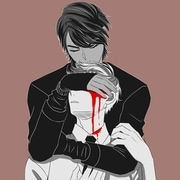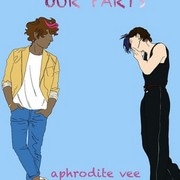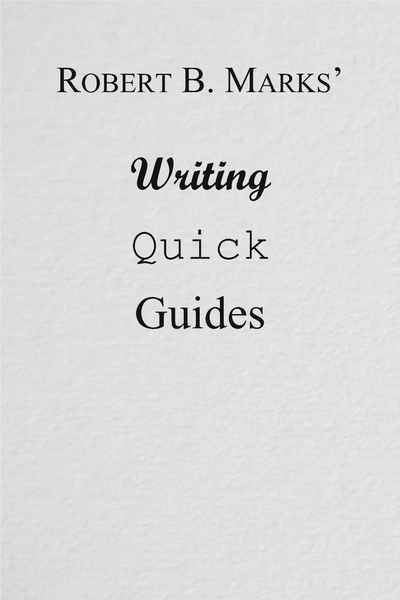There is a very well-known horror movie called Alien, directed by Ridley Scott. One of the most interesting things about it is that the jump scares always work. It doesn't matter how often you've seen the movie, or how well you know what's coming next - when the jump scare happens, it makes the viewer jump, every time. You don't need to take my word for it - just go watch it twice and see it for yourself.
But how does it do this? For that matter, how do you reliably create an effect on the reader when you are crafting a scene, be it happiness, or dread, or expectation?
For the answer, we only need to look at Alien. When the jump scare happens, every character on screen jumps. The characters on screen do it, so the audience does it too. The audience follows the lead of the characters. Simple, right?
But how does it work?
In performance magic, this is called an "audience surrogate" (I am an amateur magician - let's just say I wear many hats), and this is probably the best term to use for explaining and understanding this. During a magic trick - particularly a close-up magic trick like a card trick - the magician will pick a volunteer from the audience. S/he will then show this volunteer the trick. The audience watches the both the trick and the volunteer - but they take their lead on how to respond to the trick from the volunteer. So, even if the audience can't clearly see the trick, as long as the volunteer reacts with amazement, so will they.
Creating an impact on the reader when crafting a scene operates using the same principle. With rare exceptions, every scene any writer ever writes includes an audience surrogate - this is almost always the point-of-view character (although, there can be exceptions - sometimes, it can just be a character that the scene is focused on, even if that isn't the POV character). The correct use of that surrogate conveys the intended effect to the reader. If the audience surrogate is scared, the scene will be suspenseful or frightening. If they are happy, the scene will be joyful. If they are aroused, the scene will be erotic. And so on.
That's the mechanism. Let's see it into action. We're going to create two scenes, both with the same setup. Our setting is a room with a door. On the other side of the room, facing the door, is a chair. Sitting in this chair is our POV character, a young lady, who is watching the door. The door is going to open, and a young man is going to step into the room, and in a pleasant tone say, "Well, I'm home!" The only thing we are going to change between these two scenes is the reaction of our POV character:
Scene 1: As the young lady waits, she trembles in anticipation. The door opens and the young man enters and says "Well, I'm home!" She leaps out of the chair, into his arms, and gives him a passionate kiss.
Scene 2: As the young lady waits, she grips the chair for dear life to stop her hands from shaking, her eyes wide and wild as she stares at the door. The door opens and the young man enters and says "Well, I'm home!" Her body trying to force itself even deeper into the chair, she screams.
So, we have two dramatically different scenes, creating two dramatically different effects. The first scene was happy and romantic. The second was terrifying. And the only thing we changed was the reaction of the character upon whom the scene was focused - the audience surrogate.
And that's the key to it. Make certain that the character(s) your scene is focused upon are experiencing the emotions that reflect the effect you want to convey, and the reader will follow their lead.











Comments (0)
See all